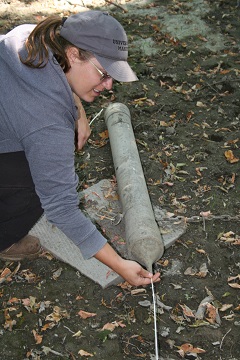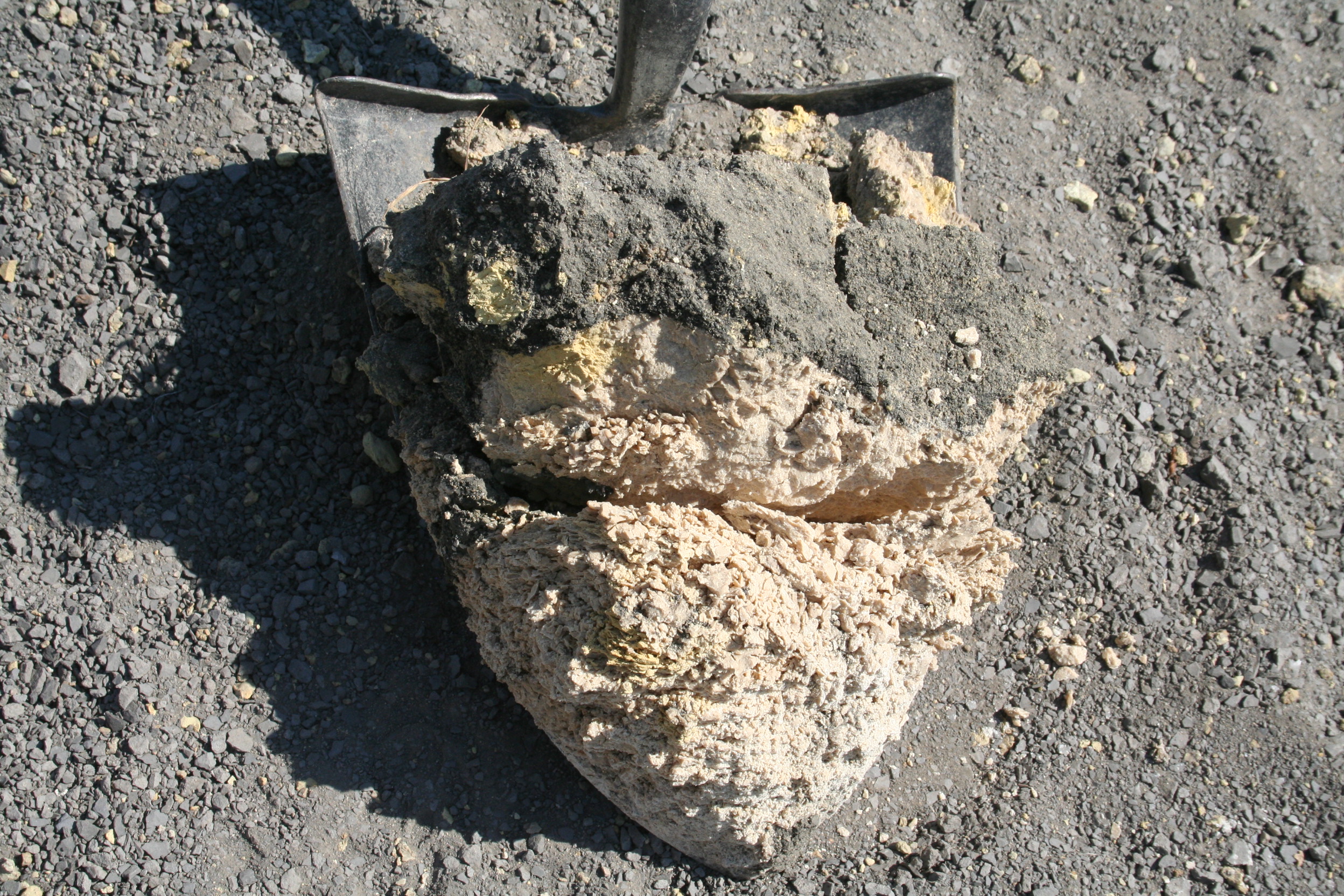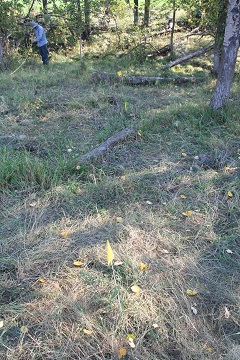The Research Chairs with the WSRP lead research programs that contribute to the goals of the Watershed Program.
Dr David Lobb's research focuses on biophysical processes within landscapes, particularly soil movement by tillage and tillage erosion. His lab is the largest in Canada and the second largest in the world for the assessment of soil erosion and sedimentation using radionuclides and other methods. This area of research is known as fingerprinting.
What is fingerprinting?
Fingerprinting, also known as tracking or sourcing, is based on the principle that materials found in soil profiles, water and sediments have a chemical and physical signature that reflects their origin.
What techniques are used?
Fall-out radionuclides - generated through thermonuclear reactions, there are a number of radionuclides (cesium-137 (137Cs), beryllium-7 (7Be) and lead 210 (210Pb)) that can be tracked from where they were deposited to where they are found in the soil profile and sediments. 137Cs is generated through thermonuclear reactions, with the largest worldwide fallout from atmospheric bomb testing between 1958 and 1962 (hence the time scale of 50 years). 210Pb is generated naturally through the decay of radon-222 in the atmosphere, and 7Be is generated naturally through cosmic ray bombardment of nitrogen and oxygen in the atmosphere. These radionuclides fall out of the atmosphere in precipitation and bind to the soil, providing a marker for tracking soil and sediment movement and dating sediment profiles.
Compound specific stable isotopes - relies on the detection and transport of naturally occurring organics of plant origin (biomarkers); the biomarkers of interest are produced by flora, deposited on the soil and potentially mobilized along with soil particles. As a plant fixes CO2-its primary source of carbon for building larger organic molecules-discrimination against the heavier 13C isotope leads to an enrichment of 12C. The more complex the biological pathway the biomarker has been subjected to, the more discrimination and unique isotopic signature the biomarker exhibits.
Sediment colour - Diffuse Reflectance Spectrometry is used to define soil and sediment samples by different reflectance and wavelength parameters. The reflectance and wavelength parameters are then computed into colour coefficients, and a mixing model used to identify differences and similarities. these colour coefficients can be used to identify differences and similarities between the sources that contribute to the suspended sediment in the river.
Particle size and shape - Using incident light, the range and quantity of different particle sizes can be assessed in sediment samples. By dispersing sediment samples, and passing them through an image plane, so that the images can be captured, the shape can then be analysed. The use of particle size and shape as a tracing technique for sediment sources.
How can this research be applied?
Fallout radionuclides - 137Cs is used to assess erosion and sedimentation over a time scale of 50 years (halflife of 30.2 years), 210Pb over time scales of 50-100 years (half-life of 22.3 years), and 7Be is used to assess contemporary, event-based erosion and sedimentation over time scales of weeks to months (half-life of 53 days). 137Cs is commonly used to estimate rates of soil loss and accumulation based on increases and decreases in the measured level of activity relative to a non-eroded reference level. The peak concentration of 137Cs within a soil or sediment profile is used as a marker to estimate rates of sediment accumulation since 1960. 210Pb is commonly used to estimate rates of sediment accumulation, establishing age-depth profiles of sediment. In recent years, 7Be has been used to estimate rates of soil loss and accumulation caused by rainfall events based on increases and decreases in the measured level of activity relative to measurements of atmospheric deposition in rainfall.
Compound specific stable isotopes - the use of CSSI as a tracing technique is still in the development phase.
Sediment colour - Colour coefficients identified through reflectance spectrometry can be used to distinguish differences and similarities between the sources that contribute to the suspended sediment in the river.
Particle size and shape - the use of particle size and shape is experimental as a tracer technique.
Current research:
Lake Winnipeg
Lower Little Bow River - Spectroradiometry is being used to differentiate between the reflectance and wavelength parameters of different soils to identify whether the sediments found downstream come from agricultural practices in the headwaters.
Nelson River - Fingerprinting techniques are being used to identify the sources of sediment borne contaminants found in first nation drinking water supplies.
South Tobacco Creek - CSSI techniques are being investigated in this watershed to evaluate their application. Particle size and shape are being studied to see if there are any variations from the headwaters downstream and over time.
Canada
Black Brook (NB) - Fallout radionuclides, particle size, particle size and shape are being applied to distinguish between surface and bank erosion in this watershed. The study aims to identify forested, agricultural and bank erosion.
Bulstrode River (QC) - Fallout radionuclides, particle size, particle size and shape are being used to identify the source of sediments collecting in a water supply reservoir in the watershed.
Horsefly river (BC) - CSSI techniques are being investigated in this watershed to evaluate their application in sediment sourcing studies. Soil erosion and fluvial transport processes are being assessed through particle size and organic matter tracers in sediment fingerprinting.
What we know
In July 2014, Dr Lobb brought together students working on fingerprinting research in Lake Winnipeg watershed and across Canada. The workshop included interactive discussion about sampling strategies, analytical methodologies and statistical analyses, a field tour and laboratory tour. A summary of the key issues and recommendations resulted:
Sediment Fingerprinting: a methodological framework. Workshop summary July 7 - 11, 2014. Alex Koiter (koiter@unbc.ca), Leticia Gaspar Ferrer (Leticia.GasparFerrer@unbc.ca), Kui Liu (kui.liu@umanitoba.ca)




